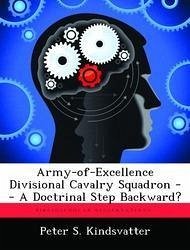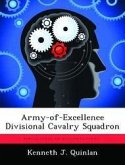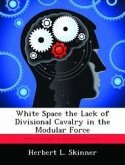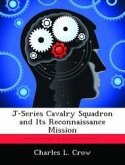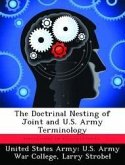This monograph examines the organization and missions of the Army-of-Excellence divisional cavalry squadron as outlined in the 1980 Operational and Organizational Concept for Division and Corps 86 Cavalry and in Field Circular 71-8, AOE Close Combat Heavy Brigade and Divisional Armored Cavalry Squadron (Preliminary Draft), 1984. The AOE squadron, without tanks and at greatly reduced strength, is to be used primarily as a reconnaissance-by-stealth force, with secondary emphasis on screening, line-of-communication security, and command-and-control enhancement. The AOE squadron is a radical departure from its "fighting cavalry" predecessor, which was a strong squadron equally capable of performing reconnaissance, security, and economy-of-force missions. The AOE squadron seems to be a return to the pre-World War II armored division reconnaissance battalion--a lightly armed and armored force also designed primarily for reconnaissance by stealth. This monograph, by examining the experiences of cavalry leaders, various research reports, review board findings, after-action reports, and official manuals, traces the evolution of the reconnaissance battalion from a reconnaissance-by-stealth unit into a strong, multipurpose cavalry squadron and then back to a reconnaissance-by-stealth unit under AOE. The arguments in favor of reconnaissance by stealth are examined: Fighting distracts reconnaissance units from their primary mission and causes unnecessary casualties, and cavalry units sufficiently armed and armored to permit combat lose the traditional cavalry advantage of mobility. Advocates of fighting cavalry refute these arguments and also point out that the divisional cavalry squadron must be able to combat the tanks that will be found in Soviet reconnaissance and security elements.
Hinweis: Dieser Artikel kann nur an eine deutsche Lieferadresse ausgeliefert werden.
Hinweis: Dieser Artikel kann nur an eine deutsche Lieferadresse ausgeliefert werden.

